Cyberhawk is the first company in the world to utilize unmanned vehicles for inspecting industrial assets. Today, Cyberhawk completes over 100,000 UAS annual inspection missions in more than 40 countries, inspecting critical assets such as electrical grids, power generation sites, oil and gas structures, and capital-intensive industrial construction projects.
In April 2024, the company was granted a coveted nationwide Beyond Visual Line of Sight (BVLOS) waiver by the Federal Aviation Administration (FAA), marking a significant milestone for Cyberhawk. It paved the way for advanced, efficient, and safe remote drone operations across the continental United States.
The waiver enables Cyberhawk to conduct longer and more complex missions without line-of-sight constraints, resulting in reduced operational time and costs. Scott Lashmit, US Aviation Manager with Cyberhawk, explains that the opportunity to create savings in close visual inspections comes when the drone is not in the air, but on the ground, as the three biggest cost sinks for a drone pilot doing visual inspections are set-up, break-down, and travel time. The actual data collection time is two hours on a good day, whereas this preparation work takes up eight.
“The nationwide BVLOS waiver enables us to double our efficiency, flying up to four consecutive miles of distribution or transmission lines by taking off from a single location instead of having to move, set up, and break down four times in a row to acquire the same data,” explains Lashmit.
Being able to collect data more efficiently drives speed to decision for customers. “If we can collect 80 assets in one day as opposed to 40, they know immediately if service work is required, or, even better, that they don’t need to replace a pole for another year. This is a huge operational expense for them, so the sooner they can decide this, the better.”
The nationwide BVLOS waiver also opens up new opportunities for Cyberhawk to scale its operations, which means being able to collect more data per pilot. In the future, more scalable drone operations will become more ubiquitous thanks to technology such as a drone dock inside of a truck with just a single pilot at a remote operations center looking at fully autonomous missions for up to 100 different drones.
An example of drone technology that offers a glimpse of things to come is the DJI Dock 3, which is an autonomous docking station designed for 24/7 remote drone operations, particularly for industrial and professional applications. DJI Dock 3 is the first DJI Dock that supports vehicle-mounted deployment, enhancing its versatility for dynamic scenarios.
Providing New Drone Inspection Opportunities for Co-ops
The nationwide BVLOS mission waiver opened up new opportunities for smaller clients that don’t have a budget to set up a large drone inspection program but can see the value in it. This led Cyberhawk to set up a UAS advisory services program under the name “Aviate,” which provides a specialized framework to help them understand what to consider when setting up their own drone inspection program. The program includes drone pilot training, as well as data collection and visualization with Cyberhawk’s iHawk software.
Currently, Cyberhawk has a true long-range and large-area survey waiver under review with the FAA, with which Cyberhawk is requesting to fly up to 250 feet above a structure. This would mean that distance limits are the command and control of the drone, so even a 1500-mile drone flight would be a possibility under this new waiver. Also, a combination of the nationwide BVLOS waiver and this new waiver would enable even more scalability, and pivot out hexacopters, quadcopters, and VTOL fixed-wing drones.
Safety First
Improving customer efficiency never comes at the expense of safety, as Cyberhawk is known for always putting safety at the forefront of every inspection project. Their nationwide BVLOS waiver authorization helps to improve employee and customer safety by minimizing the need for ground personnel and reducing exposure to hazardous environments.
This particular waiver is about the efficiency of collection, says Lashmit. Each use case has specific safety concerns, which he addresses first when discussing a use case with a customer. A static risk identification results in developing a risk assessment and a method statement of the drone operation. Lashmit notices that more platforms are available with the technical capabilities and permissions for flying over-the-horizon.
“It’s starting to come to a price point where UAS operations are competitive, even without looking at the CO2 and noise reduction savings. For lidar scans, the right drone with BVLOS permissions could knock higher-risk manned aviation operations with helicopters out of the park.”
Resource: How Are Nationwide BVLOS Waivers Transforming Drone Operations In 2025?


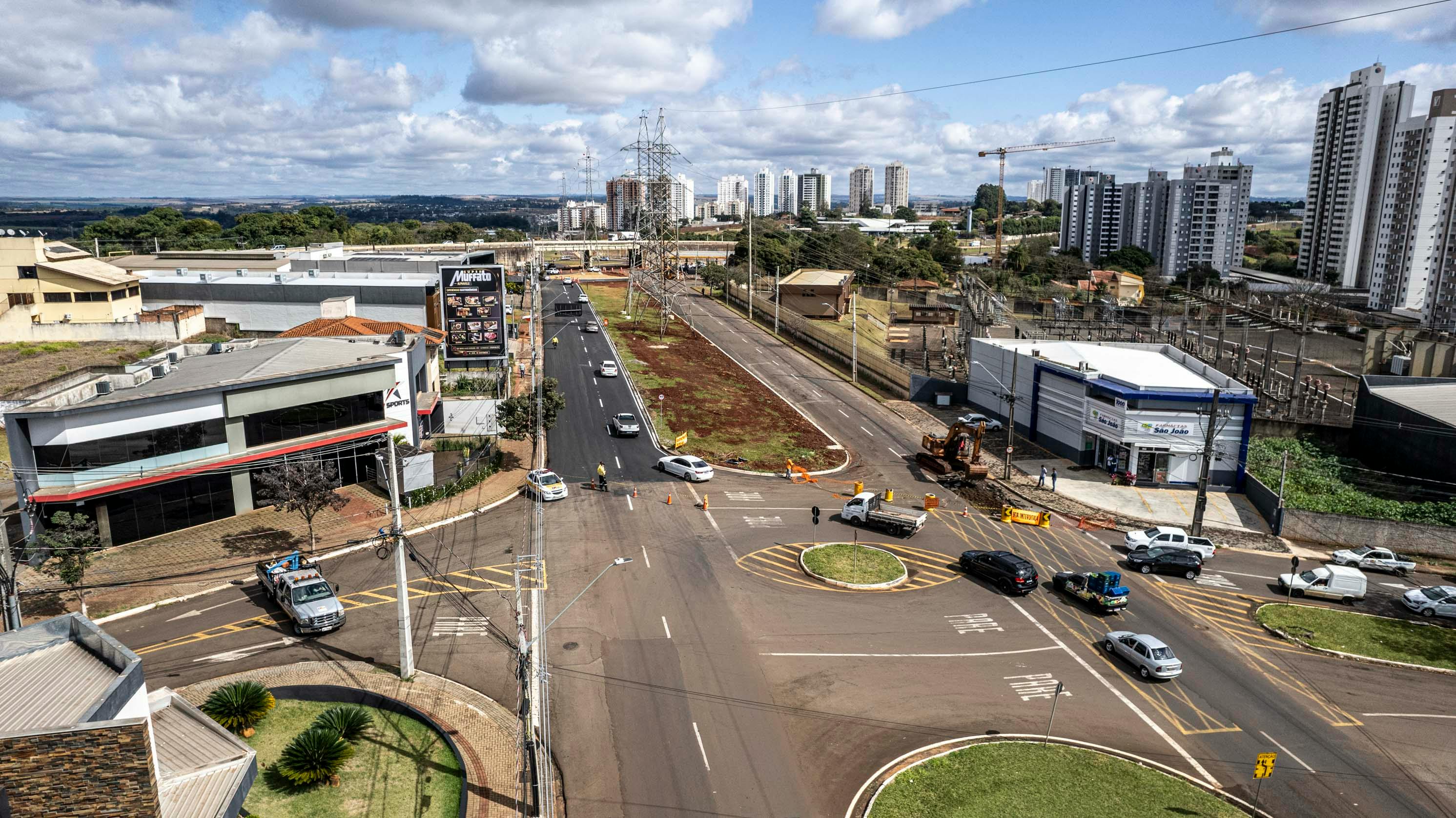

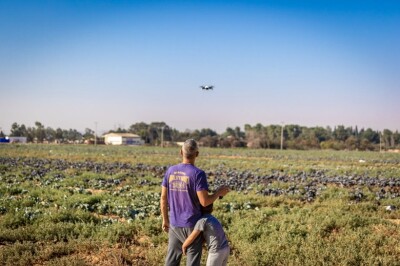

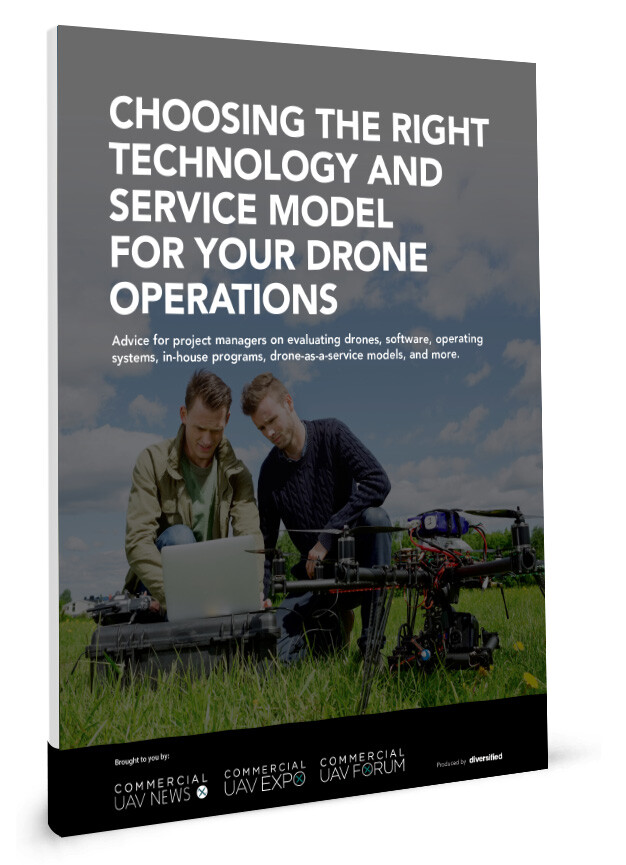
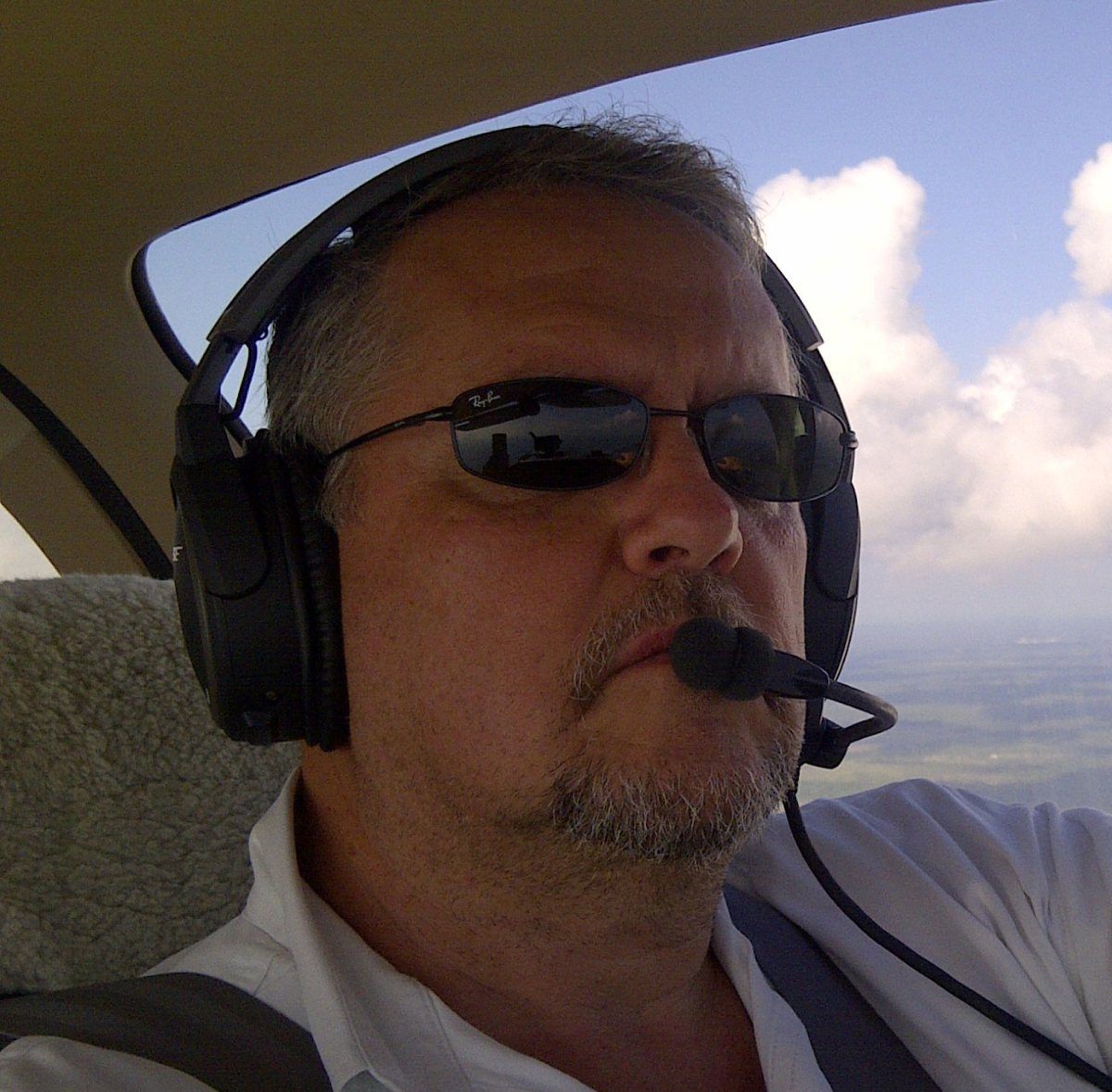




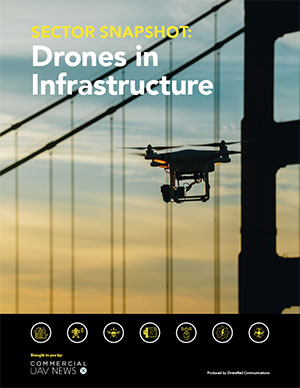
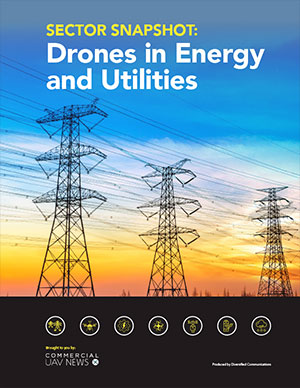

Comments